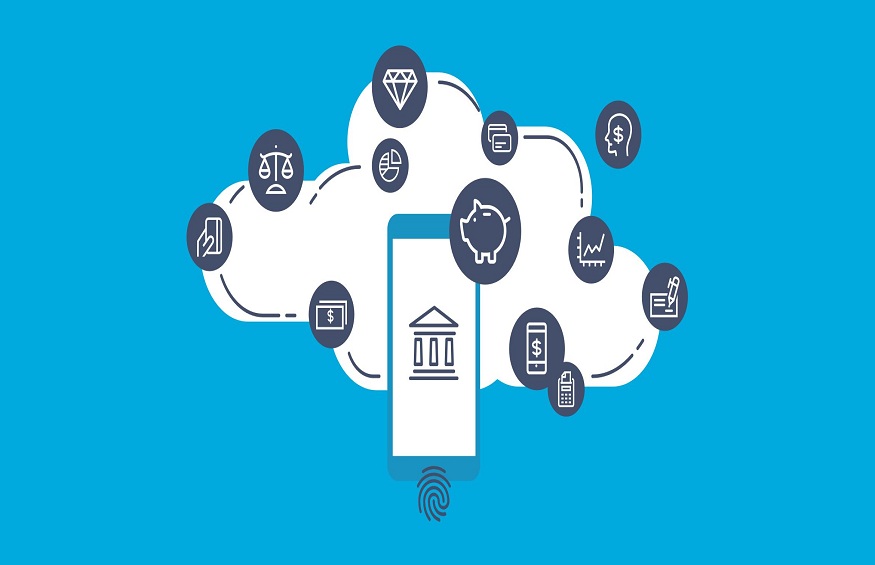In a world witnessing seismic technological shifts across every industry, the banking sector has not been immune to the tides of change. As a cornerstone of many economies, banking’s transformation from traditional to digital channels carries profound implications for UK bankers and investors. This article explores the journey of banking from its groundings in tradition to the dawn of the digital age, highlighting the benefits, challenges, and future outlook for this rapidly evolving field.
Traditional banking
Before we dive into the digital revolution, it’s essential to acknowledge the enduring legacy of traditional banking. Emblematic of stability and personal service, high street banks have long served as financial sanctuaries for customers seeking advice and support. Yet, this formal respect can often be accompanied by bureaucratic processes and outdated technologies that struggle to keep pace with modern life.
The banking of yesteryears
Traditional banking, as we know it, has roots that extend back centuries. From the humble beginnings of the Medici Bank to the opulent bank branches that line our modern streets, the industry has a storied history of prudence, faith, and community. However, with this history comes a characteristic rigidity that contrasts starkly with today’s fast-paced digital culture.
Confronting challenges
The limitations of traditional banking are evident. Cumbersome paperwork, the necessity for in-person transactions, and limited operational hours are just a few examples of practices that now seem archaic. Moreover, as the costs of maintaining a physical presence continue to rise, traditional banks must innovate or risk obsolescence in digital finance.
The rise of digital banking
Over the past decade, digital banking has rapidly gained ground, not merely as a trendy alternative but as a strategic necessity for financial institutions to remain competitive and relevant.
Drivers of the digital shift
Several factors have accelerated the digital shift. Generation Y and Z, digital natives, require banking services that mirror the efficiency and seamlessness of modern tech interactions. The ubiquity of smartphones, coupled with the versatility of the internet, has further stoked demand for digital banking solutions, making access to financial services as easy as checking social media.
The digital dividend
Digital banking offers a plethora of advantages over its traditional counterpart. The economic incentive for banks is evident from the convenience of 24/7 access to the cost-benefit of reduced operational overheads. Customers, too, reap the rewards; simplified account management, faster transactions, and a wealth of financial insights at their fingertips are just a few of the benefits that have made digital banking immensely popular.
Embracing the waves of change
The spine of digital banking comprises several vital services that have irreversibly altered the nature of finance. Explore these services in-depth and understand how they have enhanced the banking experience.
The evolution of online banking
Online banking platforms started as rudimentary gateways to your bank account data. Today, they have become sophisticated ecosystems enabling various activities, from bill payments and fund transfers to real-time financial tracking and investment services. For example, Saxo Bank offers a comprehensive online banking platform that allows customers to manage their accounts, trade stocks, and access financial news and research – all from the comfort of their homes.
Mobile banking
More than half of UK bank customers now use mobile banking apps. Their appeal lies in the ability to accomplish complex banking tasks with the convenience of a handheld device. Whether making payments with the tap of a screen or receiving instant account notifications, mobile banking has fundamentally altered the temporal and spatial nature of financial management.
Contactless payments
Contactless payments, pioneered by digital banking technologies, have become a paradigm of transactional efficiency. With a quick wave or a gentle tap, customers can complete transactions in seconds, further eroding the relevance of physical currency in the digital age.
Robo-advisors
Robo-advisors leverage artificial intelligence and algorithmic decision-making to provide automated, personalised financial advice. These tools have democratised investment opportunities, making financial planning accessible to a broader demographic beyond the traditional investment-savvy customers.
Impacts of the digital surge
The move to digital banking has significantly redefined the relationship between banks and their clientele. This section examines the impact on various aspects of the banking experience.
Enhanced customer experience
The digital age empowers banks to cater to customer preferences with unprecedented personalisation. Whether it’s a bespoke loan offering based on your digital spending patterns or the convenience of remote mortgage applications, digital banking has elevated service to a realm where customer experiences are delightfully tailored and consistently remarkable.
Accessibility and convenience
Digital banking removes geographical and temporal barriers. It brings banking services to your living room, office, and commute. The anywhere, anytime access to financial tools has become a cornerstone of customer satisfaction and poses a considerable challenge to traditional banks with limited opening hours and locations.
Fortified securities
As digital banking technologies advance, they are fortified with sophisticated security measures that often surpass the rigidity of traditional banking safeguards. Biometric authentication, real-time fraud monitoring, and encrypted communications contribute to a sense of digital trust that belies the inherent vulnerability often associated with online activities.

